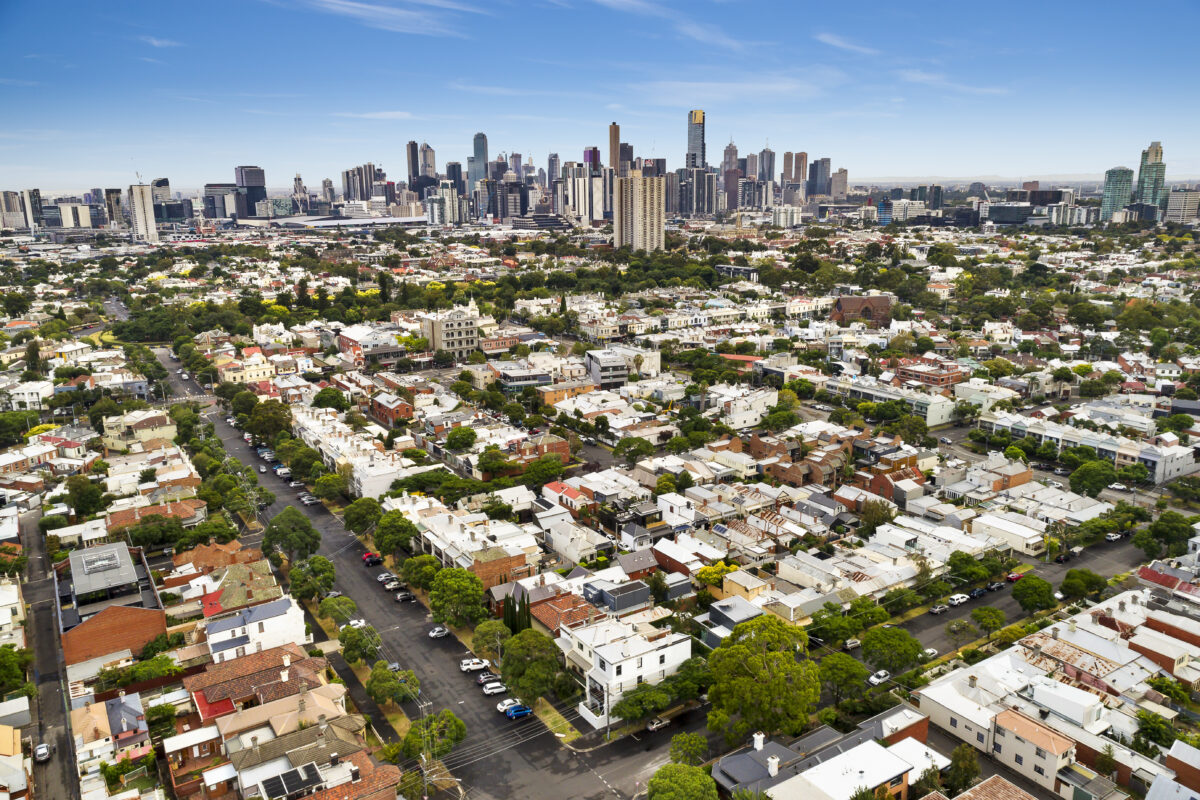5 Reasons the IMF Named Australia the Second Riskiest Housing Market
The International Monetary Fund (IMF) recently ranked Australia’s housing market as the world’s second riskiest after Canada.
While comparing and analysing 27 different countries, the IMF calculated risk using five major metrics.
But the case may be made that Australians have a different relationship with housing than the rest of the world. Property is our favourite asset for investment by a considerable margin and some of the five metrics may apply differently to our situation and not be quite as dire as the IMF suggests.
In fact, CoreLogic researcher Eliza Owen said there was no evidence yet of major trouble, a year after interest rates began to rise.
“We’re not seeing mass defaults or distressed sales,” she told the Daily Telegraph. “If our housing and financial market was going to unravel, we would have seen it by now.”
So what were the five metrics of risk? Let’s take a look at each one and break it down.
1. Outstanding housing debt to income
RBA figures suggest Australia has about $2 trillion in housing debt, which is 145% of the country’s collective household income. This sounds like a lot, but it’s not so bad when you consider the value of housing in Australia is about $10 trillion. If you outright owned 80% of the value of your investment portfolio, you’d be in a pretty good place.
2. Housing debt on variable interest rates
Of the debt Australians hold on housing, about 70% is on variable interest rate terms. Compare this to other countries like the USA where 30 year fixed rate mortgages are common and you can see why Aussies with a mortgage are particularly vulnerable when rates rise steeply and suddenly like they have over the past year.
But there is also a benefit to this. The agility of variable rate mortgages mean more loans can be refinanced regularly to make the most of good deals. If you had fixed a mortgage 30 years ago, you would have been paying about 10% in interest and would therefore have paid way more on your loan than if you had been on a variable rate the whole time.
So it could be argued this metric is more of a positive for Aussies than a risk.
3. Homeowners paying off a mortgage
The number of Aussies paying their home off jumped from 32% to 37% between 2018 and 2020, which suggests the percentage of people who owned their home outright fell during that period.
As time goes on, this is likely to continue trending upwards and as long as there are more people who are in debt, it stands to reason the market is exposed to more risk of default.
It also means the flow on effect to the rest of the economy is that people will spend less on retail, holidays and other economy boosters.
4. Recent cash rate changes
The hiking of the official cash rate from 0.1% to 3.6% in just 12 months is the steepest, most aggressive rate rising cycle on record. And the IMF is understandably concerned about the fallout.
Ms Owen however pointed out that much of the pain has been worn by borrowers in real time, month to month and the bulk of the increases have already occurred. She said that while it was likely we would experience poor GDP growth this year, “it’s not so risky that it’s going to create irreversible damage to our financial and housing system”.
5. Real house price growth during Covid
Average home values across Australia rose by around 20% during the first two years of the pandemic. This occurred because rates hit rock bottom and stimulus allowed everyone to put extra money into housing.
The IMF argues that the steep growth leaves housing more vulnerable to rate hikes, with some values overinflated and certain markets likely to experience bigger falls than others.
However, a number of markets have already experienced correction phases, which occurred last year alongside rate rises.
Early data for 2023 from CoreLogic, PropTrack and SQM Research shows there has been value growth over the first 3 months of the year and that it appears markets are already recovering.
So, is Australia really that risky? Perhaps for some, but if you buy smart, for below market value and have a repayment buffer in place, you will be better off than most.



